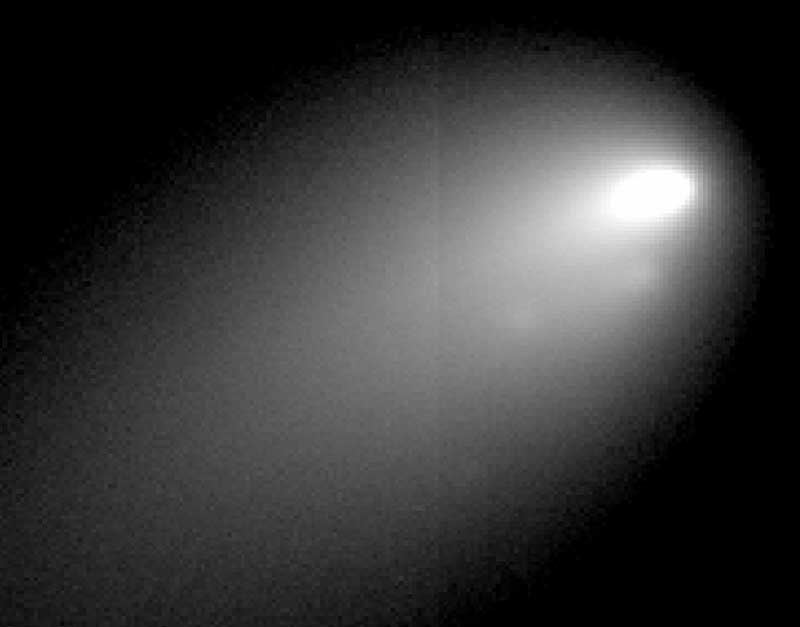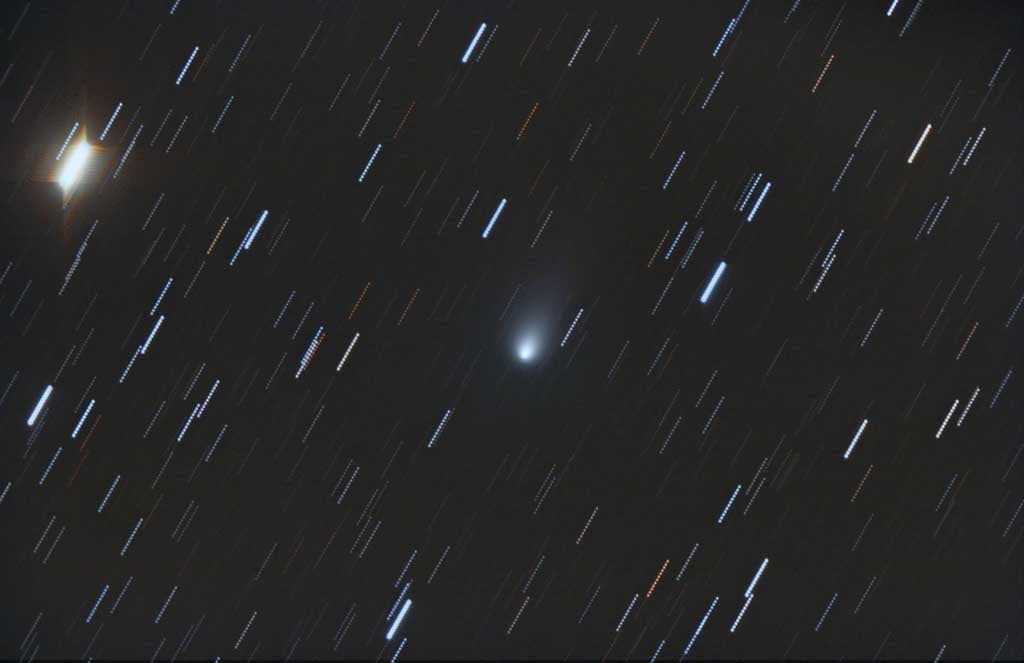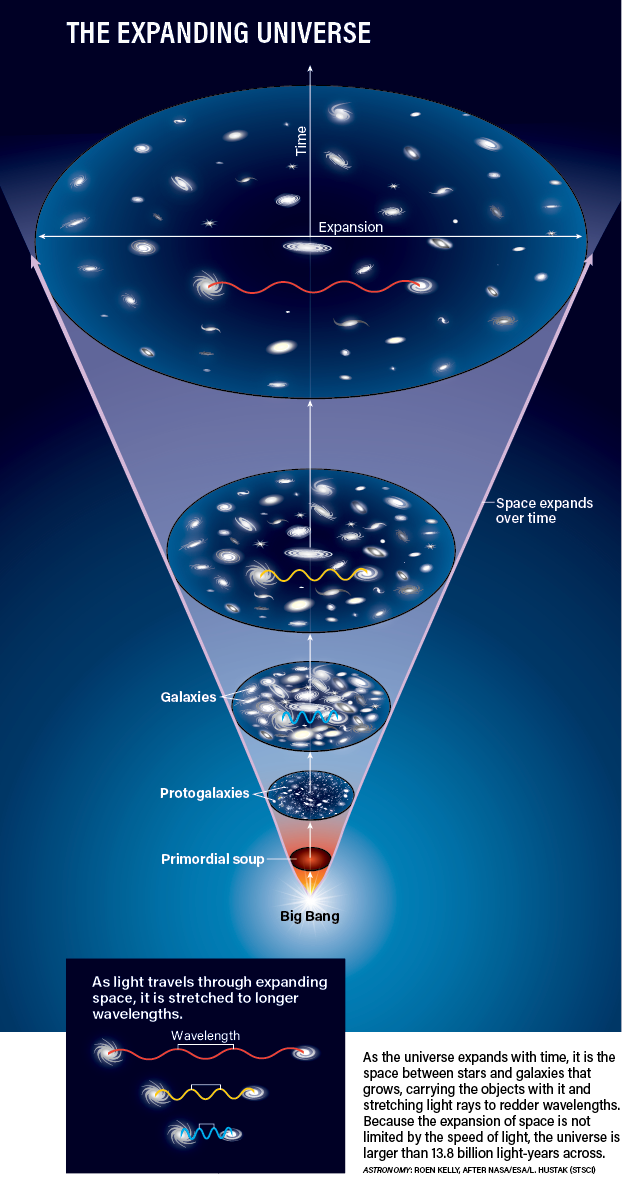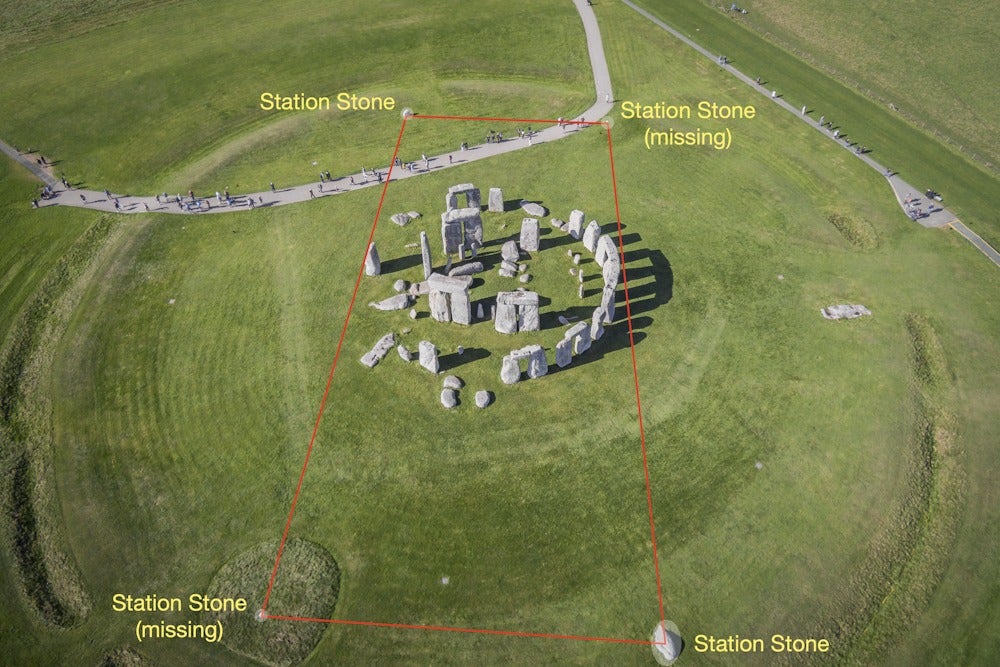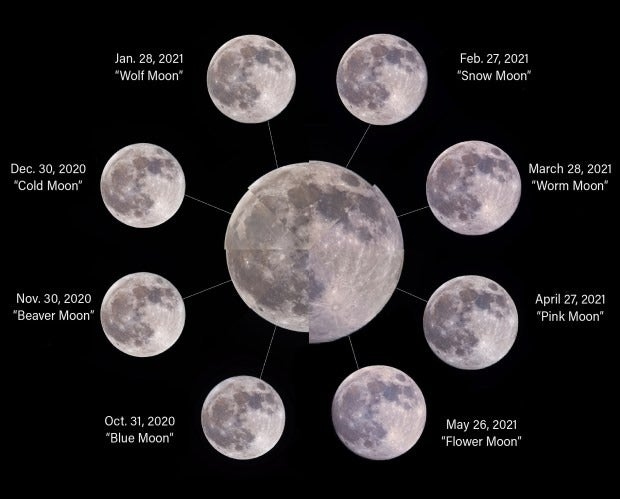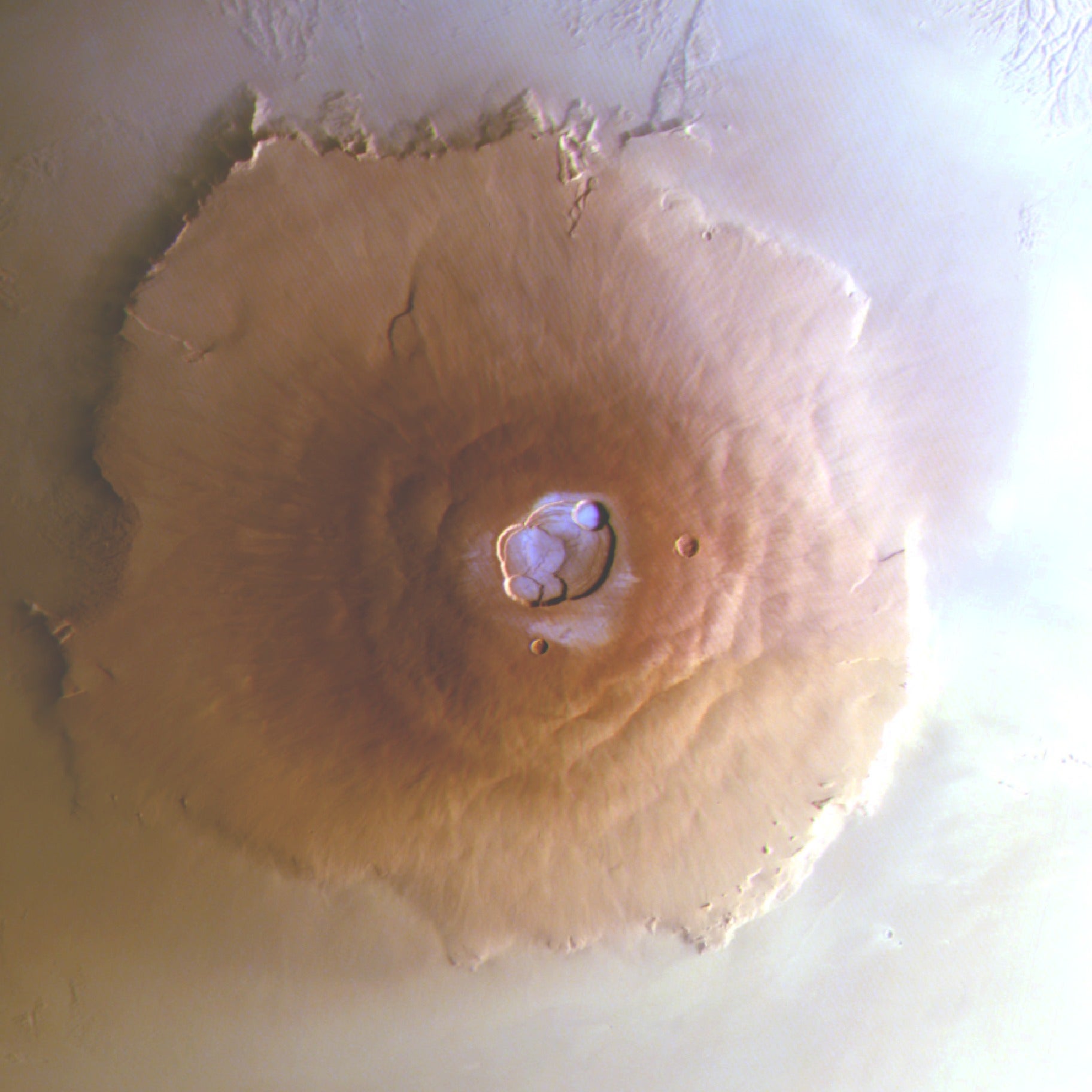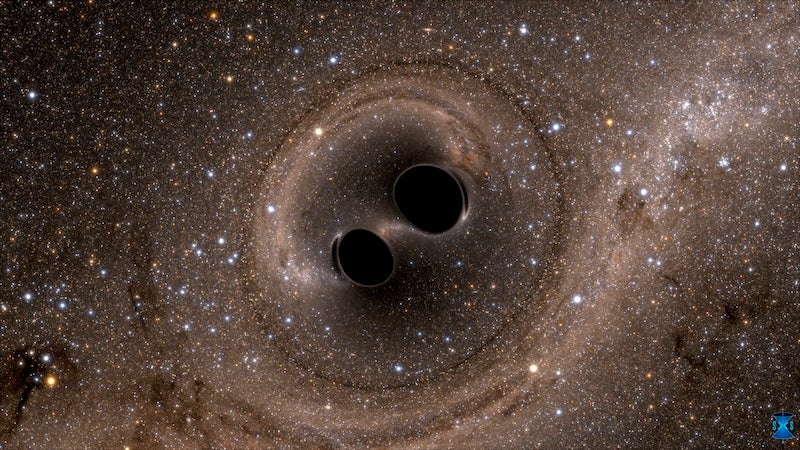When the comet returned in 2005, it behaved as astronomers expected. Its brightness rose and fell according to predictions, and observers noted nothing unusual about it. This has not been the case in 2012.
the latter half of September, astronomers were surprised to find that it
shone at magnitude 11.2 on September 6. That measurement pegged it
approximately 36 times brighter than expected. During the next several
weeks, the comet continued to brighten slowly, but then gained two
magnitudes between September 22 and 24.
The comet reached approximately magnitude 9.5 on September 23, an astounding magnitude 8.0 on the 25th, and then lost some of its brilliance, decreasing to magnitude 8.5 on the 26th. It reached perihelion (its closest approach to the Sun) on October 1.
Comet Hergenrother is currently moving through the constellation Andromeda the Princess. Estimates by amateur astronomers still give its brightness between 9th and 10th magnitudes. It will pass within 2° of the Andromeda Galaxy (M31) on December 17. By that time, however, the comet will glow faintly and be out of range for all but imagers with large telescopes.

